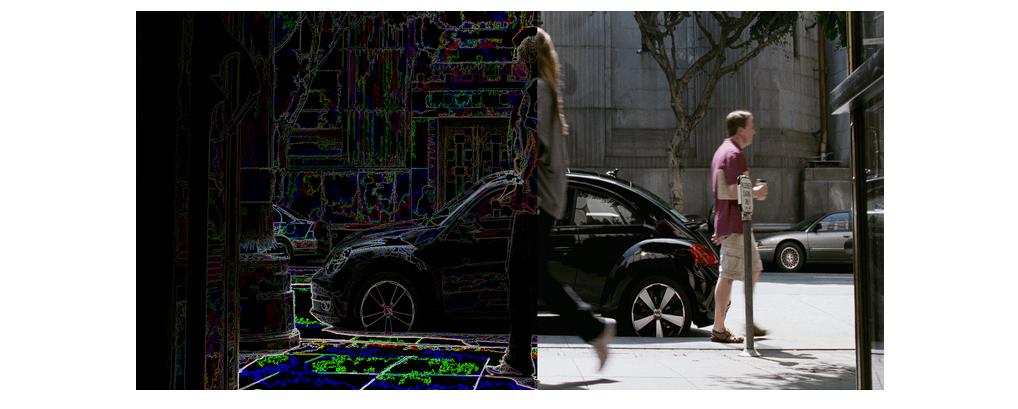Researchers launching a new vector-based video codec this week are claiming their work will lead to the death of the pixel within the next five years
The team behind the project – University of Bath, Root6 Technology, Smoke & Mirrors and Ovation Data Services – are now looking for industry buy-in to the research to expand its potential applications.
The codec has been launched at this week’s CVMP 9th European Conference on Visual Media Production held at Vue Cinema in Leicester Square, London.
Digital pictures are built from a rectangular grid of coloured cells, or pixels. The smaller and closer the pixels are together, the better the quality of the image. Pixel-based movies need huge amounts of data and have to be compressed, losing quality. They are also difficult and time consuming to process.
The alternative, a vector-based format, presents the image using contoured colours. Until now there has not been a way to choose and fill between the contours at professional quality. The Bath team has finally solved these problems.
A codec is a computer programme capable of encoding or decoding a digital video stream. The researchers at Bath have developed a new, highly sophisticated codec which is able to create and fill between contours, overcoming the problems preventing their widespread use. The result is a resolution-independent form of movie or image, capable of the highest visual quality but without a pixel in sight.
Professor Phil Willis from the University of Bath said: “This is a significant breakthrough which will revolutionise the way visual media are produced.
“We already have some great company partners. To accelerate the project we’ll need more companies from around the world to get involved. At the moment we’re focusing on applications in post-production and we are working directly with leading companies in this area. However there are clear applications in web, tablets and mobile which we haven’t explored in detail yet.
“Involvement of a greater variety of companies with different interests will extend the project in many ways and increase the potential applications of this game-changing research.”

